China has equipped Tiangong to seek multiple scientific, medical, other breakthroughs
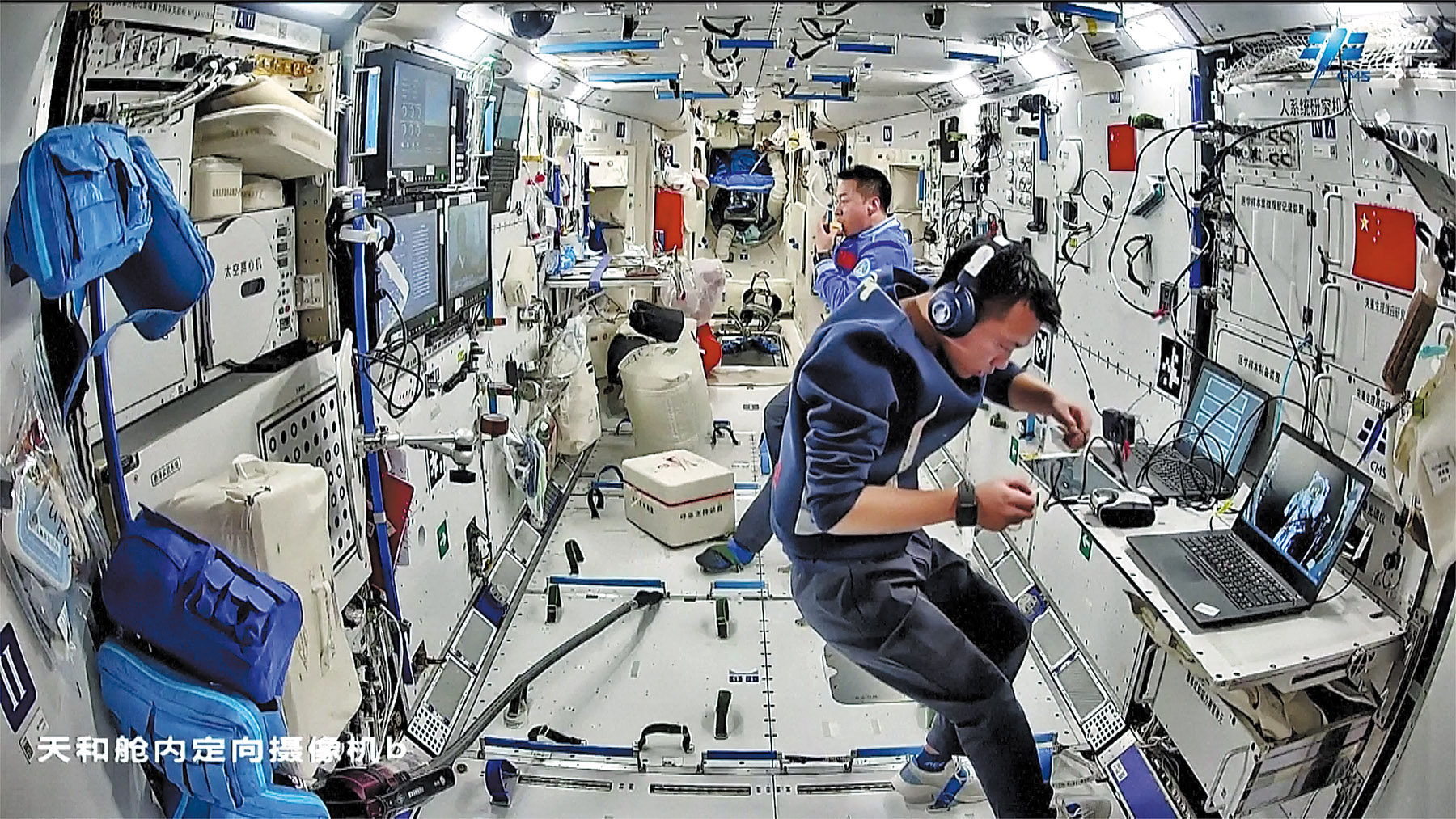
With microgravity and cosmic radiation, the unique environment in space poses risks to human health and also vast opportunities for medical and scientific research breakthroughs, experts said.
This issue was highlighted recently when two NASA astronauts stranded aboard the International Space Station for nine months appeared haggard and thin upon their return to Earth.
Human activities such as movement and sleep are affected by such a lengthy period in space. The potential health issues astronauts face are ongoing challenges for long-term manned space missions that are being addressed by Chinese experts.
READ MORE: Shenzhou XIX crew conducts scientific experiments, training in space
"Muscle atrophy is one of the significant physiological changes in a microgravity environment," said Li Yuying, an associate researcher at the Shanghai Institute of Nutrition and Health of the Chinese Academy of Sciences.
Li said that understanding the mechanisms behind these changes and finding solutions to mitigate them can eventually contribute to medical fields affected by similar conditions on Earth.

China established its own space station system after the launch of the Tianhe core module in April 2021, followed by the Wentian and Mengtian laboratory modules in 2022, with multiple manned and cargo missions.
In November 2022, Li's research team sent mouse muscle cell samples to Tiangong, China's operational space station, via the Tianzhou 5 cargo spacecraft.
In the Wentian module's biotechnology experiment cabinet, they successfully cultured and differentiated muscle cells, discovering phenomena such as cell fusion and muscle fiber formation in microgravity for the first time. The team also identified the gene responsible for autophagy, the body's cell recycling system, under these conditions.
"We were the first to use a skeletal muscle cell autophagy fluorescence reporting system to analyze the effects of space microgravity on muscle cell autophagy. This led to discovering the mechanisms and potential molecular targets related to muscle atrophy in space," Li explained.
This research holds the prospect of improving astronaut health by regulating autophagy through specific drugs, dietary adjustments, or exercise.
"The findings could also be applied to patients with sarcopenia (loss of muscle mass) and those bedridden for extended periods on Earth, providing new solutions to combat muscle atrophy," she added.
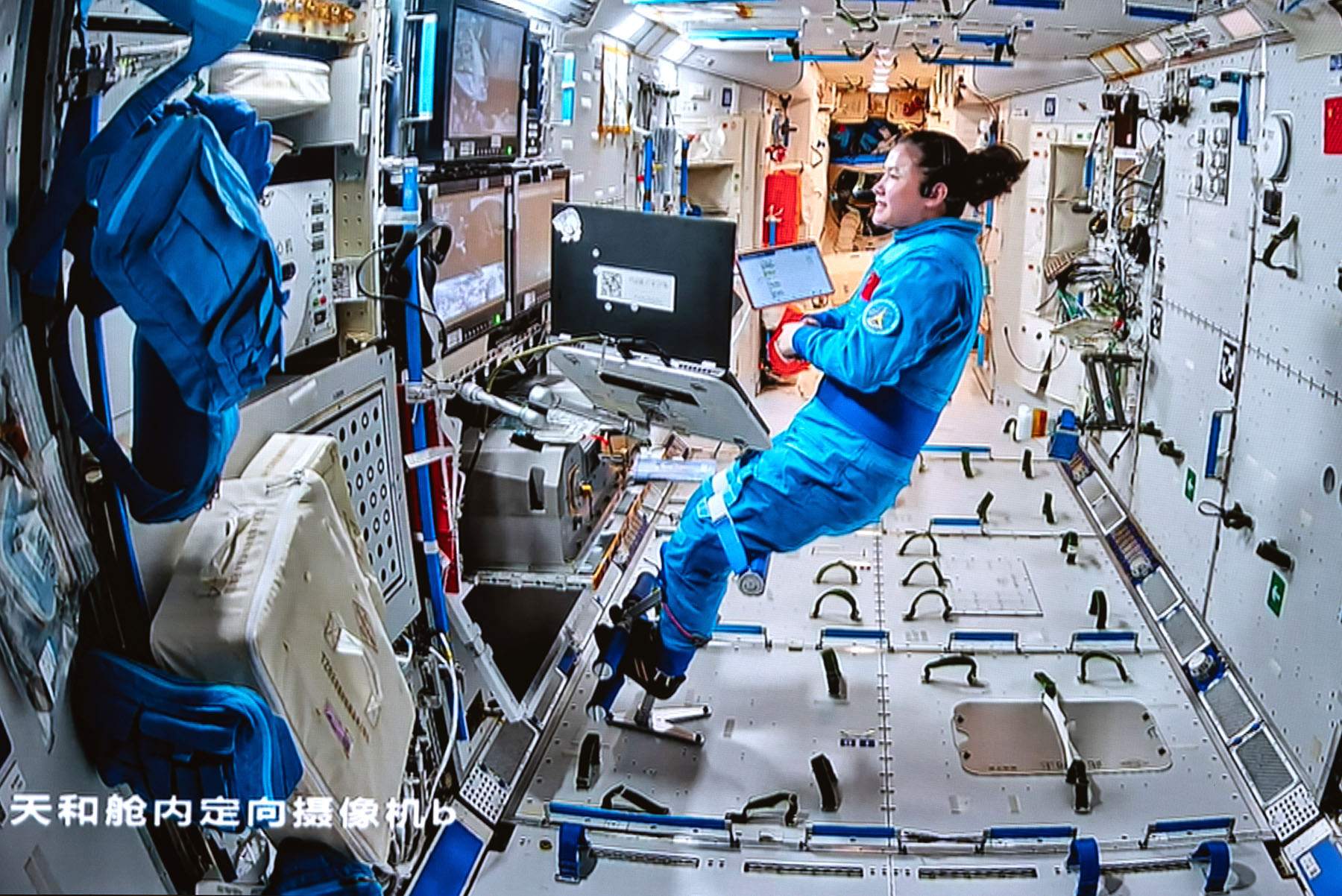
Research platform
The unique conditions on the space station are invaluable for addressing important scientific and practical problems across various disciplines, said Gu Yidong, chief scientist at the China Manned Space Agency.
The Chinese space station will conduct over 1,000 research projects over the next 10 to 15 years, the Technology and Engineering Center for Space Utilization under the Chinese Academy of Sciences announced in January.
These efforts will include deepening research into basic biology, biotechnology and transformation, life ecology, and the origin of life, the center said.
Gu said the space station also offers a platform for breakthrough experiments in new space technologies.
"Nearly 100 academicians from the CAS and thousands of experts collaborated to plan the station's research projects, covering fields such as space life sciences, human studies, microgravity physical sciences, space astronomy and new space technologies," Gu stated.
The establishment of China's space station system, Gu said, "is the result of 30 years of hard work by multiple generations, representing a monumental stride in China's space endeavors and a historic opportunity for large-scale space science, technology, and application research.
"Space science paves the way for significant discoveries, new major scientific principles, and notable practical benefits."
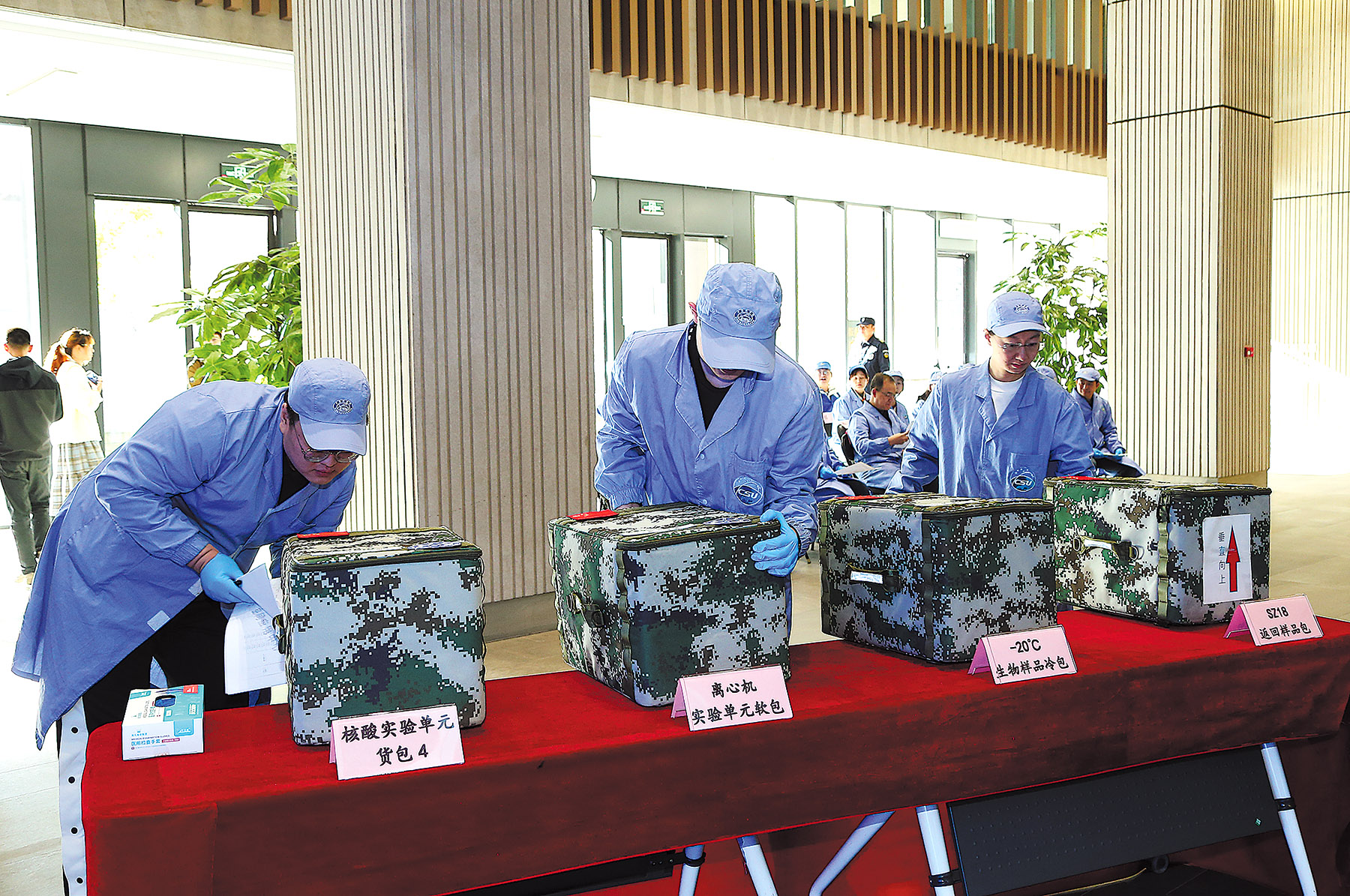
Fully equipped
The space station is equipped with over 20 internal scientific experiment cabinets and three external experiment platforms. Major research tools, such as the two-meter aperture China Space Station Telescope, are under development, offering experimental platforms to scientists across various fields.
In addition to the research projects, the space station will "heavily promote scientific outreach and international cooperation", Gu said.
Scientists have already conducted pioneering experiments on the space station, such as obtaining new rice germplasm resources, differentiating embryonic stem cells into hematopoietic cells, and achieving the longest-running space aquatic ecosystem.
Since its inception, the space station has launched eight manned missions and seven cargo missions, hosted 21 astronauts and achieved a stable space living environment, according to a report released by China Manned Space Agency at the end of last year.
According to data from the CAS, over 180 science and application projects have been conducted on the space station, generating more than 265 terabytes of scientific data, over 150 patents, and several results have been transferred and applied.
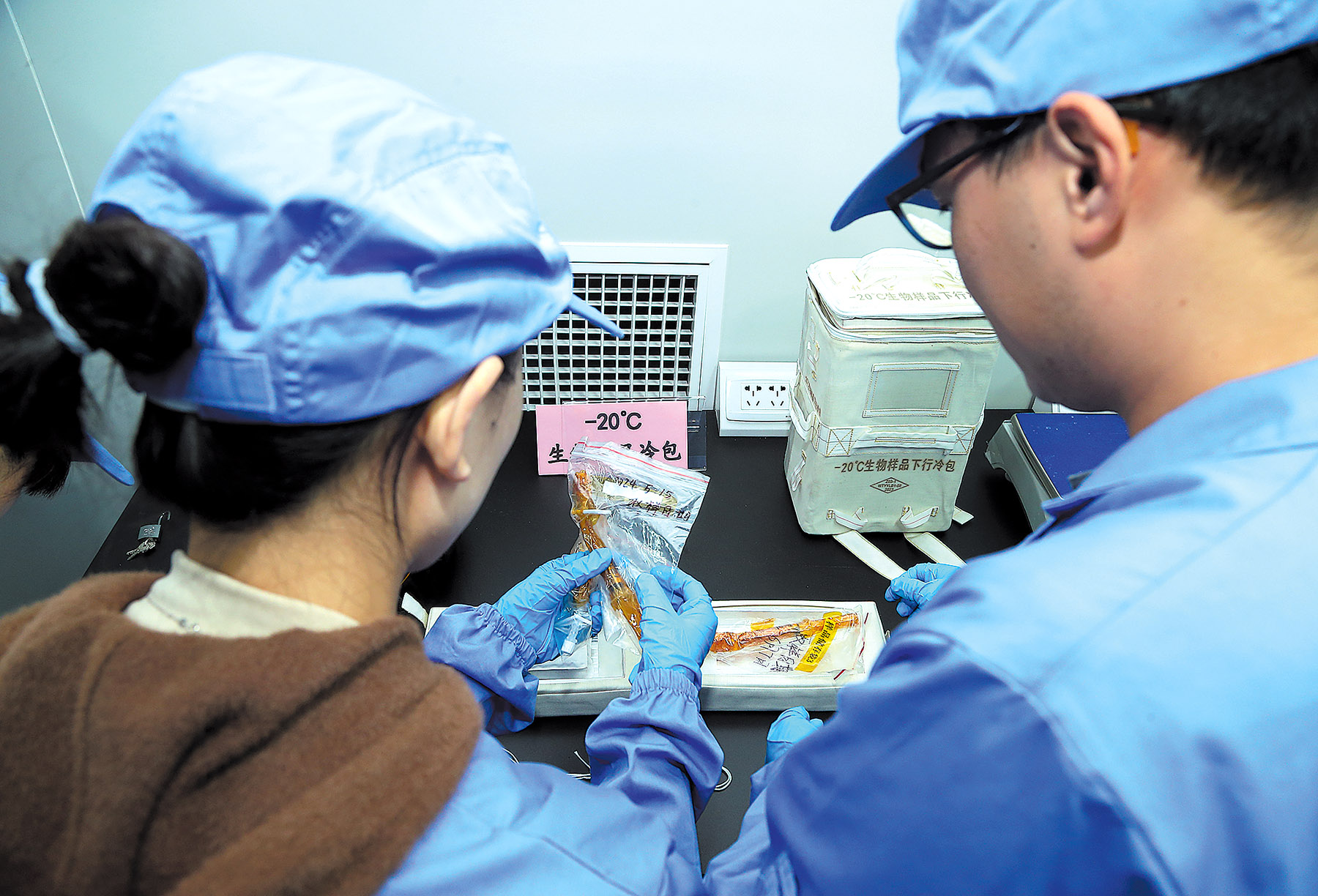
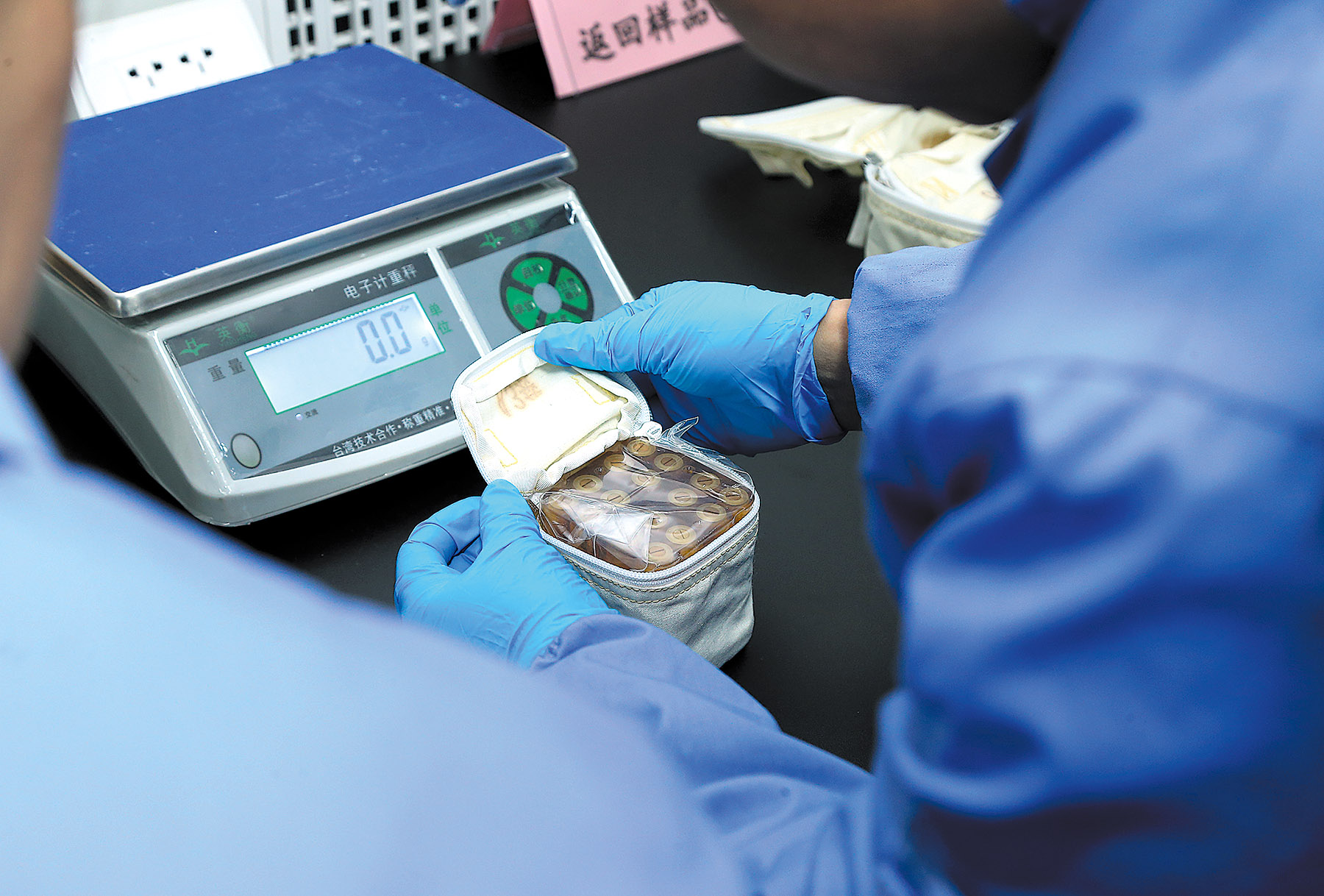
Critical technologies
Researchers Liu Xuechao from the Shanghai Institute of Ceramics, and Jin Min from the Shanghai Dianji University, have made significant progress in research into new semiconductor materials through the space station's facilities.
"Semiconductor materials play an irreplaceable role in fields such as integrated circuits, communications, photovoltaics, and aerospace," Liu said.
"Space semiconductor crystal growth has been a major focus worldwide. Space station research supports the breakthrough of critical technologies on Earth."
The performance and structure of semiconductor materials are closely linked to their environment and manufacturing conditions, Liu said. Earth's gravity causes convection, sedimentation and wall effects during material preparation, impacting nucleation, thermal mass transport, and microstructures while masking secondary effects.
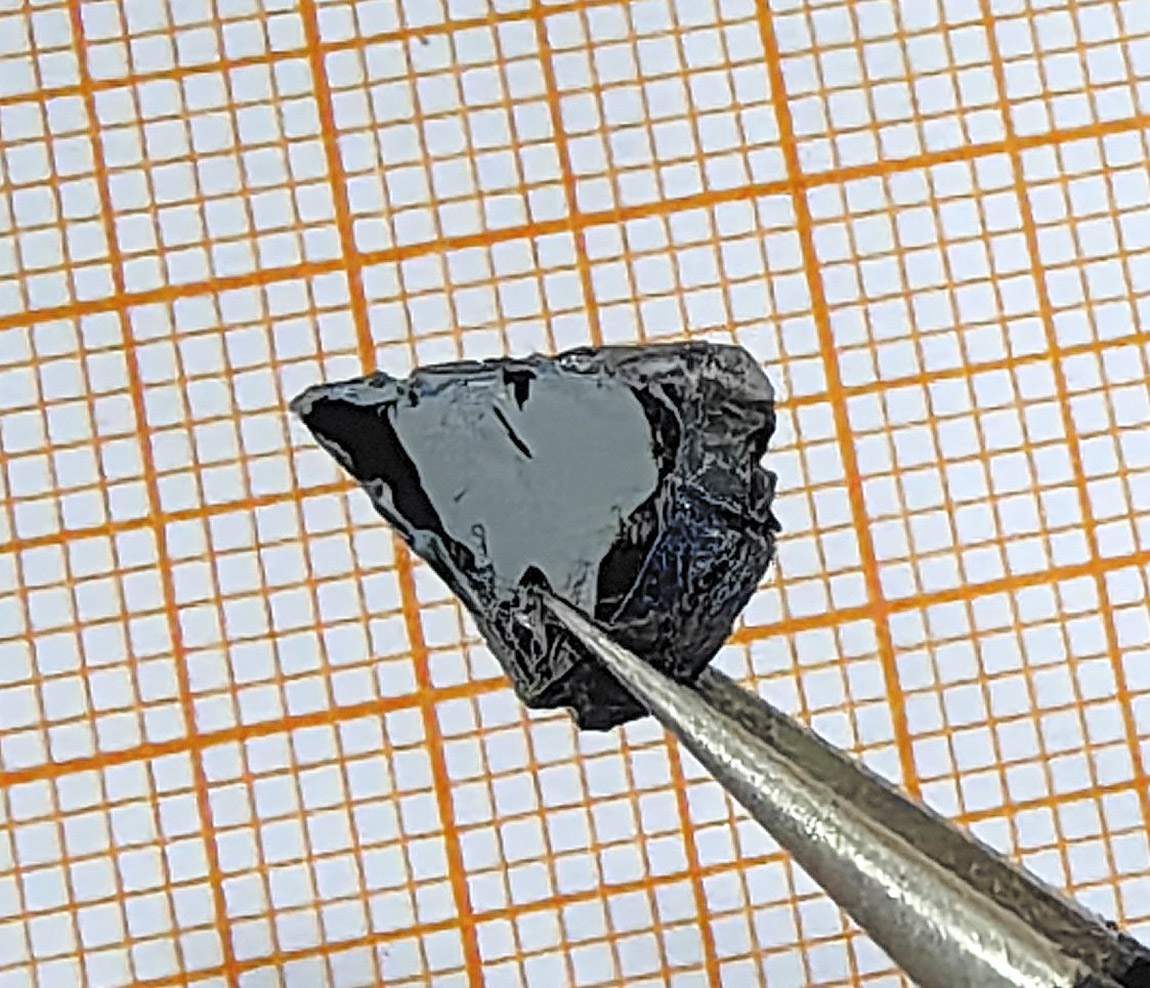
Professor Jin's team discovered that Indium Selenide (InSe), a flexible semiconductor material that can bend, twist, and compress without breaking, is suitable for flexible thermoelectric devices.
"InSe semiconductor crystals not only possess excellent physical properties typical of traditional semiconductors, but can also undergo plastic deformation and mechanical processing like metals. This provides a new path for designing and applying next-gen electronic devices," Liu explained.
He added that InSe also shows vast potential for use in photovoltaics, optoelectronic devices, and photodetectors.
ALSO READ: Shenzhou XIX crew complete 3rd spacewalk
After 70 hours in the high-temperature materials science cabinet, Liu's team obtained a complete semiconductor crystal sample. Upon returning to Earth in June 2023, they found the material had swelled under microgravity, indicating potential expansions.
The space-grown samples exhibited significantly lower density defects compared with ground-based samples, with almost zero defects in areas not in contact with container walls.
"This breakthrough expands development opportunities substantially, promising improved transistor performance," Liu said. "Our future studies will build on this sample, aiming for commercial production of this semiconductor material soon."


